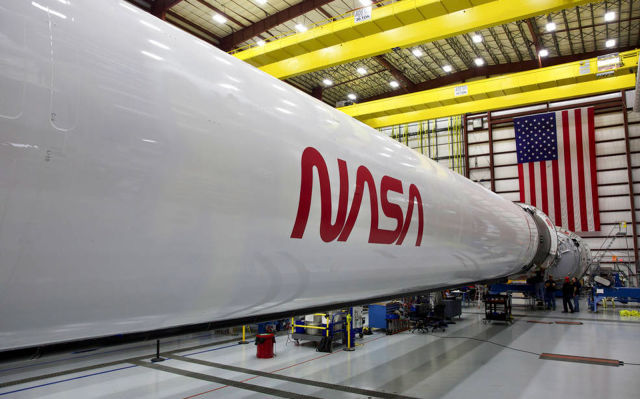
NASA, the world’s most famous space development agency, has made various inventions to not only develop space, but also to create technologies that support life on Earth. What are some of the technologies that NASA invented and that have been widely used in general?
The first is a laptop. A modern essential tool, the laptop has its origins in portable computers used on spacecraft.
The second is water filtration. Because securing clean water is essential for space missions, NASA conducted research on water filtration. And now, water filtration devices are playing an active part in various places to secure safe drinking water on the planet.
The third is a cell phone camera. Lightweight, low-power camera technology for taking pictures from space is contributing to the development of compact cameras such as those found in smartphones.
Next is the prosthesis. Research expenses for screw artificial muscle systems and robotics are driving the development of next-generation prostheses that are more functional and comfortable.
Then milk. It is said that powdered milk, a health supplement made from algae, was also born through NASA research.
The same goes for scratch-resistant lenses. The scratch-resistant lenses used in modern eyeglasses are based on NASA technology employed in spacesuit helmets.
Next is freeze-dried food. Freeze-dried food was born out of research to create food that could be easily stored for astronauts. Freeze-dried foods are excellent in that they can retain 98% of their nutritional value.
Ear memory foam. Shock-absorbing memory foam was developed to protect passengers in the event of an airplane crash. Memory foam is still used as a safety device, and it can be used for mattresses and the like.
Next up are wireless headphones. Wireless Headphones Sowsa is a headset designed for pilots. NASA’s aerodynamic research to reduce drag also contributed to the creation of aerodynamically designed truck cabs. This has greatly improved the efficiency of freight transport.
Next is the solar panel. It wasn’t NASA who invented the solar panel, but NASA has evolved the solar panel into something more efficient and durable.
Then firefighting equipment. The breathing apparatus and communication equipment used by firefighters are the basis for NASA’s research and development in lightweight, heat-resistant materials and durable radios. Another emergency blanket. In 1964, NASA developed a foil blanket as an emergency fiber. It was developed to maintain body temperature even in extreme environments, and is currently used by long-distance runners to regulate body temperature.
Next up is a medical red LED. Red LEDs were being developed as light sources for growing plants in the early universe. But now it is intended to be used to relieve pain and improve blood circulation. Last but not least is the Undersea Exploration Rover. The submarine exploration rover was developed by NASA in collaboration with a research institute, which has made deep-sea research more active. Related information can be found here.

